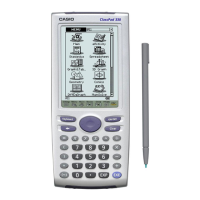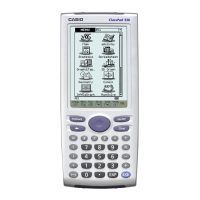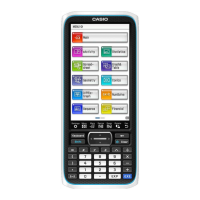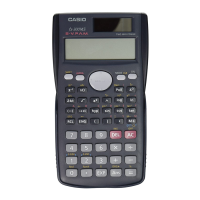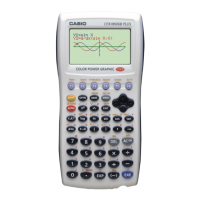Cal_longto_OBC(523, &x);
x.obcd1.exponential = 0x1120; // changes the value to 5.23e120
x.obcd1.exponential = 0x6004; // changes the value to -52300
x.obcd1.exponential = 0x5996; // changes the value to -0.000523
You can also create an OBCD by explicitly setting all 20 bytes of the mantissa as well as
the 2 bytes of the exponent. This is helpful when you need to define a constant OBCD.
Remember that even though it looks like the mantissa is starting with a leading zero, this
is actually the flag nibble. The first digit of the number is the second nibble and cannot
be zero. Also the last 2 bytes of the mantissa should be set to 0x00 0x00.
const OBCD PI = {{{0x03, 0x14, 0x15, 0x92, 0x65, 0x35, 0x89, 0x79, 0x00,
0x00}, 0x1000}};
const R_sqrt2by2_INIT {{{0x07, 0x07, 0x10, 0x67, 0x81, 0x18, 0x65, 0x47,
0x00, 0x00}, 0x0999}}; // 0.7071067811865475244
const R_msqrt2by2_INIT {{{0x07, 0x07, 0x10, 0x67, 0x81, 0x18, 0x65,
0x47, 0x00, 0x00}, 0x5999}}; // -0.7071067811865475244
While the previous functions require you to work on the low level OBCD structure to set
an OBCD value, the function ExecuteToOBCD() is much easier to use:
int ExecuteToOBCD(const PEGCHAR *str, OBCD &obcd, BOOL bErrCheck=TRUE);
This function takes a string representation of a floating-point value and sets the OBCD
obcd to its value. For example, the following code sets x to 3.21e-5:
OBCD x;
ExecuteToOBCD(".0000321", x);
If you pass an invalid string representation of a float into the function, then the OBCD
will be set to ERROR. For example:
OBCD x;
ExecuteToOBCD(".00003.21", x); // x=OBCD representation of ERROR
When using this function you do not have to worry about setting the exponent explicitly;
it gets set automatically by the function.
Finally, there are a few functions to set an OBCD to specific values such as infinity, pi or
e. Some of these include:
void Cal_setinfp_OBC (OBCD *x); // Place infinity in x
void Cal_setinfm_OBC (OBCD *x); // Place -infinity in x
void Cal_setundef_OBC (OBCD *x); // Place undefined in x
void Cal_settrue_OBC (OBCD *x); // Place true in x
void Cal_setfalse_OBC (OBCD *x); // Place false in x
void Cal_set05_OBC (OBCD *x); // Place .5 in x
88
